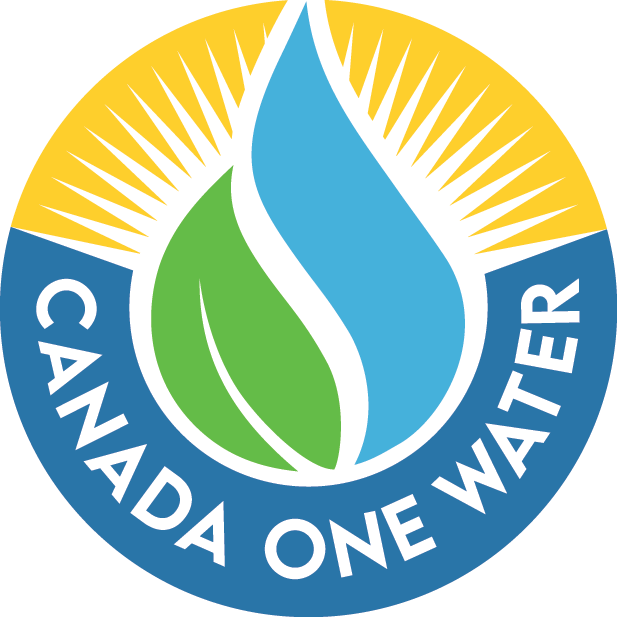The Conversation - Warmer weather is leading to vanishing winters in North America’s Great Lakes
Cliquez ici pour lire l'article sur The Conversation (en anglais)
This recent article from The Conversation highlights how warmer winters are reshaping the Great Lakes region, altering ecosystems, recreation, and cultural practices in ways that are becoming increasingly visible year-round. Once defined by long stretches of deep cold and extensive ice cover, the Great Lakes are now experiencing shorter, warmer winters, with annual maximum ice cover declining and winter seasons shrinking by roughly two weeks per decade since the mid-1990s. In some areas, ice that once supported seasonal traditions— such as fishing, skating, and travelling over frozen bays— now forms inconsistently or not at all, changing how communities interact with the lakes.
Scientists are observing what has been termed “warming winter syndrome,” where rising winter temperatures lead to shifts in nutrient runoff and lake circulation patterns. These changes can contribute to harmful algal blooms in warmer months, affect fish species that are economically and culturally significant, and alter the seasonal rhythm of ecosystems. Yet winter remains the least-studied season on the lakes. Many long-term monitoring programs collect most of their data in open-water months, leaving critical gaps in understanding how winter conditions shape lake health, water quality, and climate resilience.
Researchers and Indigenous communities have emphasized that these changes also influence cultural practices tied to winter landscapes, from fishing and hunting to the timing and availability of plant species important for food and ceremonial practices. Declining ice stability also affects recreation and winter tourism, and shifts in lake ecology could have long-term impacts on fisheries and local economies.
Efforts are underway to close the winter knowledge gap. Cross-border collaborations like the Great Lakes Winter Grab and emerging winter research networks are working to improve data sharing, co-ordination, and year-round monitoring. Expanding winter science is seen as essential for understanding how these freshwater systems are changing and how communities can adapt.
As the Great Lakes region continues to warm, large-scale hydrological modelling efforts like the Canada1Water (C1W) project become increasingly important. C1W provides integrated data linking climate, groundwater, and surface water processes— helping researchers, policymakers and basin communities anticipate how warming winters will change hydrology, water availability, and ecosystem conditions over time. Strengthening this understanding will be key to protecting water resources, supporting adaptation strategies and sustaining the cultural and economic lifeways that depend on the Great Lakes.
Cliquez ici pour lire l'article sur The Conversation (en anglais)

